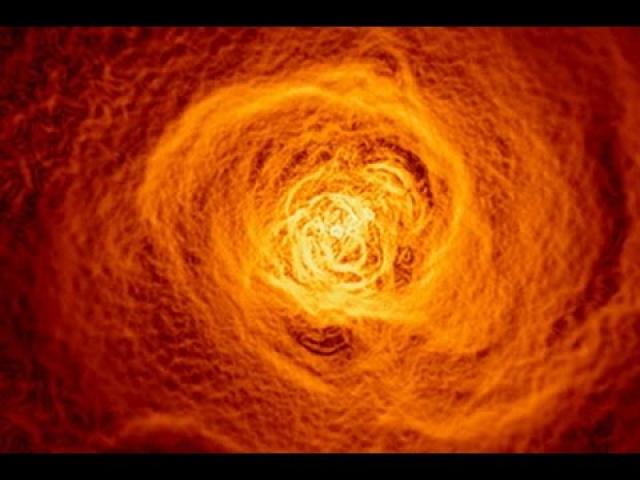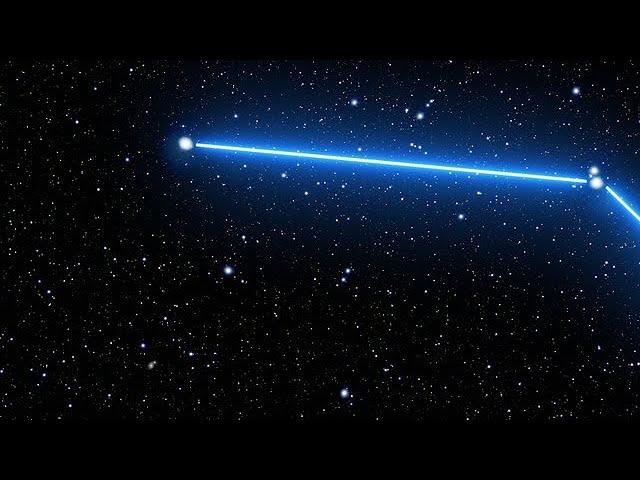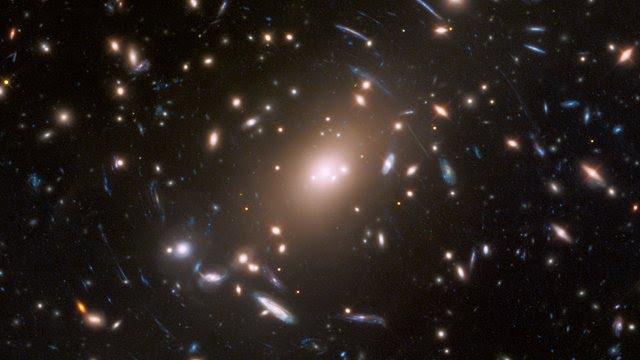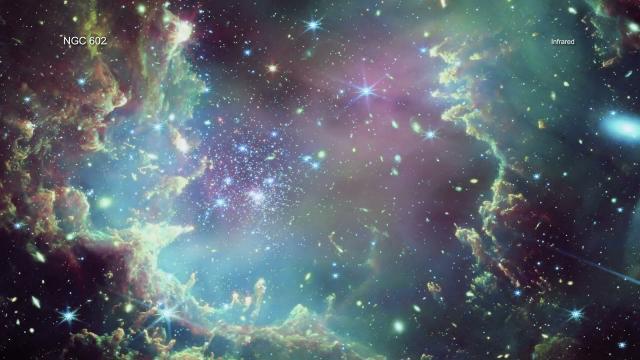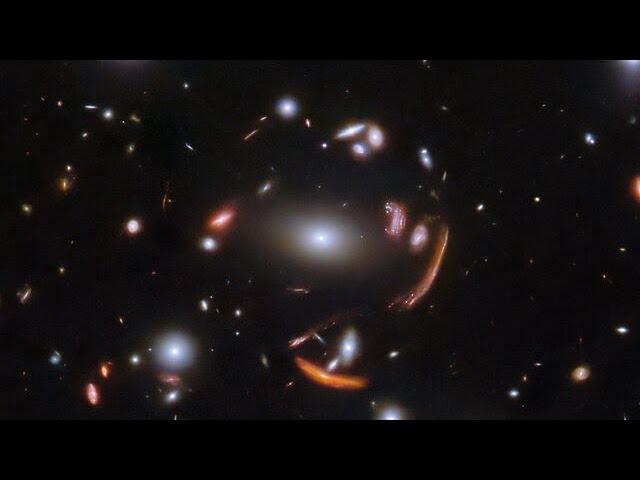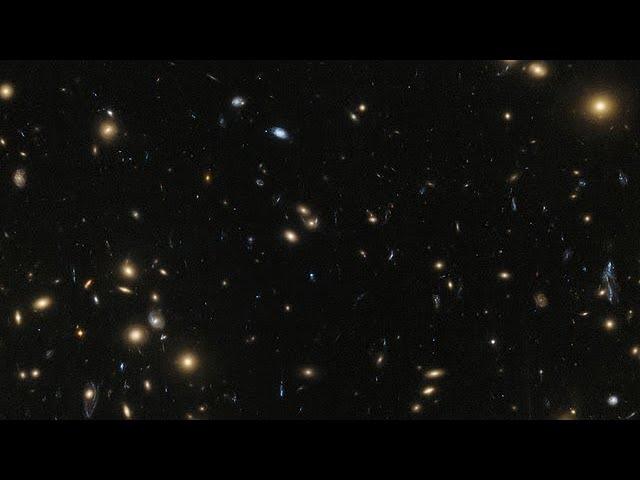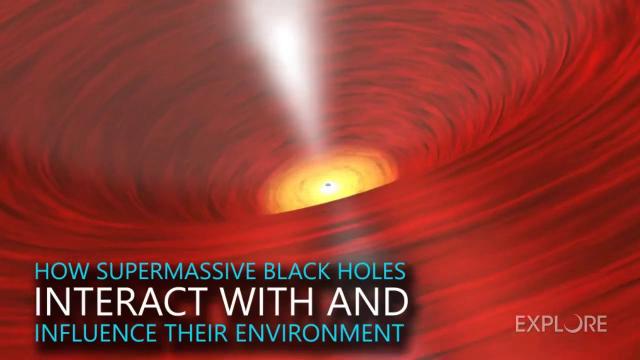Pan of Cosmic Gems (galaxy cluster SPT-CL J0615−5746)
Description
An international team of astronomers have used the NASA/ESA/CSA James Webb Space Telescope to discover gravitationally bound star clusters when the Universe was 460 million years old. This is the first discovery of star clusters in an infant galaxy less than 500 million years after the Big bang.
Young galaxies in the early Universe underwent significant burst phases of star formation, generating substantial amounts of ionising radiation. However, because of their cosmological distances, direct studies of their stellar content have proven challenging. Using Webb, an international team of astronomers have now detected five young massive star clusters in the Cosmic Gems arc (SPT0615-JD1), a strongly-lensed galaxy emitting light when the Universe was roughly 460 million years old, looking back across 97% of cosmic time.
The Cosmic Gems arc was initially discovered in NASA/ESA Hubble Space Telescope images obtained by the RELICS (Reionization Lensing Cluster Survey) programme of the lensing galaxy cluster SPT-CL J0615−5746.
With Webb, the science team can now see where stars formed and how they are distributed, in a similar way to how the Hubble Space Telescope is used to study local galaxies. Webb’s view provides a unique opportunity to study star formation and the inner workings of infant galaxies at such an unprecedented distance.
More information and download options: http://esawebb.org/videos/weic2418a/
Credit:
ESA/Webb, NASA & CSA, L. Bradley (STScI), A. Adamo (Stockholm University) and the Cosmic Spring collaboration, N. Bartmann (ESA/Webb)
Music Credits: Stellardrone - Twilight

